Sustainability according to the definition by the Cambridge English dictionary is
‘the quality of being able to continue over a period of time’.
The earth has been here for millennia with different climates and geology, so has proven to be self-sustaining, self-perpetuating. Does it really need our help?
Essentially we must ask what we perfumers and therapists are trying to sustain before we deal with how we carry out this sustaining effect. If we want to use only natural materials we should have clear ideas why and the purpose of our choice.
In the present century the term sustainability is most often applied to our Environment, so the Cambridge Dictionary goes further and adds:
‘the quality of causing little or no damage to the environment and therefore able to continue for a long time’.
What exactly is our environment?
The ‘our’ in the definition means us, humans, mankind. The environments for mankind which we inhabit differ around the planet earth. The soil quality, the water quality, even the air and climate depend upon locality. Largely the earth wide environment which most people know and experience is manmade, perhaps a city, a rural village, a home, an office but in only exceptional circumstances is it a wilderness which is not where people choose to live as a community. What I natural is judged as much by experience as knowledge.
Modern living and lifestyle are the desire of most of the world’s population witnessed by the ever demand for economic growth and migration. The desirable model is the US, EU and now China and Japan.
Most of the world’s population consider themselves poor economically. Poverty is entirely relative. A small number are considered rich. Population growth particularly in Black Africa will continue to heighten the disparity between financially poor and rich. Contentment with economic circumstances is a very rare thing in the developed world. This cannot be ignored or pushed aside with platitudes for the reality is a world thus divided by the desire for more.
There are huge differences in income between the richest and the poorest. Referring to this difference as a gap in income gives the impression that there are only extremely rich or extremely poor people. In reality, the majority of the world population, the global environment we create and live in, lies in between. It is a matter then of perception and in which, media and advertising play a major role in forming our view.
We could ask at this point where do people who use fragrance and its related industries fit into this scenario. Is fragrance an unnecessary luxury? Is it something of cultural value? Does odour have medical, wellness or health benefits?
As we are built as biological receptors of odour and as these odours colour our emotions we can be sure they at least have a role as sustenance for what we might call the soul.
Turning to nature as evolved or created, fragrance is clearly part of our natural world and its presence overall, our planet could best be described as a fragrant earth. The sense of smell is closely related to reproduction and food sources in all loving beings.
The world is what we live in and create, the planet, the earth beneath our feet, is what we live upon. Resultantly our environment, our world our planet is a political issue. Economic or wealth equality is no more than a utopian dream. It is the ‘moment’ that most people wish to maintain in wealthy communities, and an opportunity to join that wealth by the less wealthy. It is a dynamic and one that a majority of population wishes to maintain and sustain. This is the reality.
How then do we arrive at the present current fashion for ‘environmental studies’ and ‘sustainability’ pertaining to the viability of the planet we live upon and its ability to sustain growth and share wealth more equably? Our industry sits at the heart of a complex value chain, generating Value Added, jobs and consumer satisfaction around the world. Fragrance & Flavours is said to generate value of 32 billion US$ world wide but contributing heavily to the cosmetics industry worth 400 billion US$.
Agriculture or Biotech?
We are all children of the sun, the result of biosynthesis from the ability of plant life to create itself with simple sugars to edible, sustainable food.
Whether vegan, vegetarian or carnivore all this life was dependant upon sunlight.
It appears mankind moved from hunting a gathering to agriculture about 12,000 years agon. The Agricultural Revolution or Neolithic Revolution, the shift to agriculture from hunting and gathering changed humanity forever. Essentially humans had to stay in one place and not move around. As the population increased mankind was forced to choose between limiting population or trying to increase food production and agricultural practice was chosen.
Today we face the same dilemma as those far off times. We are still going to put our way of life and creature comfort over the needs of others and other life forms ahead of any other sustainable issues. History has shown us that such to be true by consecutive wars and revolutions.
Food production has been boosted by a variety of ‘inventions’ notably the introduction of synthetic fertilisers, herbicides and biocides especially since the 2ndworld War.
Mechanisation too has led to the reduction of manual labourers and an increase in urbanisation and restructuring of society. Now we refer to Industrial Agriculture as the main means of food production.
This major change had quite foreseeable consequences such as soil compaction, soil erosion, and declines in overall soil fertility, along with health concerns about toxic chemicals entering the food supply. Biodiversity also came to the fore as such agricultural changes also brought about a decline in wildlife from mammals to the insect world.
The seeming solution was the introduction of Genetic Engineering. According to the World Health Organization (WHO), genetically modified organisms (GMOs) can be defined as organisms (i.e. plants, animals or microorganisms) in which the genetic material (DNA) has been altered in a way that does not occur naturally by mating and/or natural recombination. The technology is often called “modern biotechnology” or “gene technology,” sometimes also “recombinant DNA technology” or “genetic engineering.”
For some time the public were against the idea of such technologies and GM food in particular. Little thought was given to non-food applications. The EU has been opposed to the introduction of GM crops. Nevertheless, GM food is widely available More than 93 percent of the corn and soy planted in the United States is genetically modified in some way. Most of that ends up as animal feed, ethanol, or corn syrup — and corn syrup gets into lots of food as well as cosmetic oils. Cotton, sugar beets, and canola are also common genetically modified crops. Roughly 60 to 70 percent of processed foods in grocery stores contain at least some genetically modified ingredients.
It seems to me that in our perfumery and cosmetic world the term GM has been modified, softened by using the alternative Biotech phrase. Somehow this phrase has not been subject to as much scrutiny or concern by consumers as GM.
Biotech is the big go to now, in making green claims for sustainability.
For over ten years, designer microbes have been used on an industrial scale to produce ingredients. The sustainable argument put forward is - clean technology and less reliance on petrochemicals and cultivated fields as food sources and no wildcrafting.
Biotech ingredients are made by gene editing and splicing bacteria, algae or yeasts and moulds. In 2019, Europe emerged as the leading market for biotech ingredients in cosmetics and fragrances, accounting for around 37.46% share in the active ingredients market.
One Spanish company advertises its products as ‘high added value natural active ingredients on an industrial scale through an innovative and unique process in the biotechnology field which obtains the real power of nature.’
The real power of nature – I wonder what that is? As a vitalist myself it would normally refer to an energy force that diffuses all living things.
Consumer confidence in Organic growing methods have been concurrently growing based upon the idea of soil fertility and what seems to be a natural way of farming i.e., cultivating a living , microbe rich soil. Organic farming is widely considered to be a far more sustainable alternative when it comes to food production. The lack of pesticides and wider variety of plants enhances biodiversity and results in better soil quality and reduced pollution from fertilizer or pesticide run-off.
Enter the Carbon question. For years now Science has been proposing that climate changes in recent centuries has been brought about by man. To save the planet (see my opening paragraphs) we need to reduce carbon entering our atmosphere.
We need to change our way of life is the mantra!
If we use more land for food, we have less land for carbon sequestration. The total greenhouse gas impact from organic farming is higher than conventional farming’ so runs the argument.
It is estimated that by 2050, the demand for food is going to increase by 59 to 98 percent due to the ever-increasing global population. A major challenge for the agriculture business (Agribusiness) is not only trying to figure out how to feed a growing population, but also doing so while adapting to climate change and coming up with adequate mitigation measures. So the question arises should we use land for luxury goods like fragrance.
The solution and direction of travel clearly is heading toward biotech. The cosmetic and fragrance industries has led the direction toward what might be termed a denaturalisation of ingredients for economic reasons. Interestingly the developed world, through technology, can foresee itself as fed and relatively unaffected by the resultant social structure changes. What will become of the 60% of the population currently engaged in agriculture when everything from vitamins to food comes from a laboratory in a developed country.
Big players in the ingredient market, are well known to be leading the way into novel ingredients never seen in nature.
To add to the biotech story we now add the phrase fermentation which is rightly described as a natural process. But is the end result natural, especially if the original microbe was itself biotech derived? At the sales end of the scale, face to face, fermentation is misused hiding the word biotech. Fermentation can be described as natural as in the case of wine or cheese but Covid might yet well prove to have its origin in a bit of biotech splicing and gene editing!
Aldous Huxley, in his sequel Brave New World Revisited wrote:
“If the first half of the twentieth century was the era of the technical engineers, the second half may well be the era of the social engineers — and the twenty-first century, I suppose, will be the era of World Controllers, the scientific caste system and Brave New World.”
When making a choice of natural materials in a perfume or aromatherapy blend or treatment a stand for what is natural in biology should be made. This choice runs contrary to the line of travel science has taken in its desire to preserve or sustain a world wherein nature is evidently sick by mismanagement and agribusiness. The solution for sustainability and social or political stability is currently sought and found in increasing regulations that disadvantage natural material producers.
Tacitus wrote “In a state where corruption abounds, laws must be very numerous.” Thinking that through it gives rise to totalitarianism through a backdoor of regulation seeking a parity and uniformity.
How easy it is for the hidden persuaders to convince that one can save the planet by synthesising materials.
The fact that biotech saves valuable space, and all its other benefits ignores the profit motive and the loss of jobs and culture for those current producers. The pursuit of novelty in fragrance materials is all consuming and it is not aimed at sustainability which can simply become just a peripheral advantage for advertisement.
The perfumers palette may have up to 1500 standard synthetic materials, another 500 or so naturally derived (under IS0 16128), 400 odd naturals (ISO 9235) and Cosmos naturals around 400 and Cosmos organic 300. There is no clear number list for biotech or contrived ferments.
It is certainly a big subject with many conundrums and personal choices to be made. Perhaps we all have an intuition as to what is obviously natural and what is not. Contradictions exist and compromises made. What we all need to avoid is being greenwashed into accepting contrived materials as natural by the imposition of regulations which favour synthesis as an advance to help sustainability when the truth lies nearer to the bottom line.
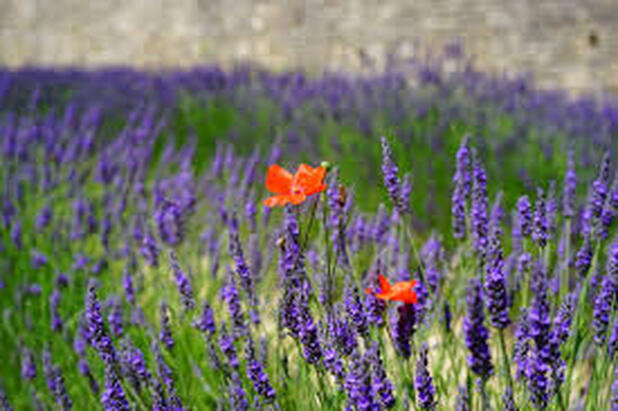
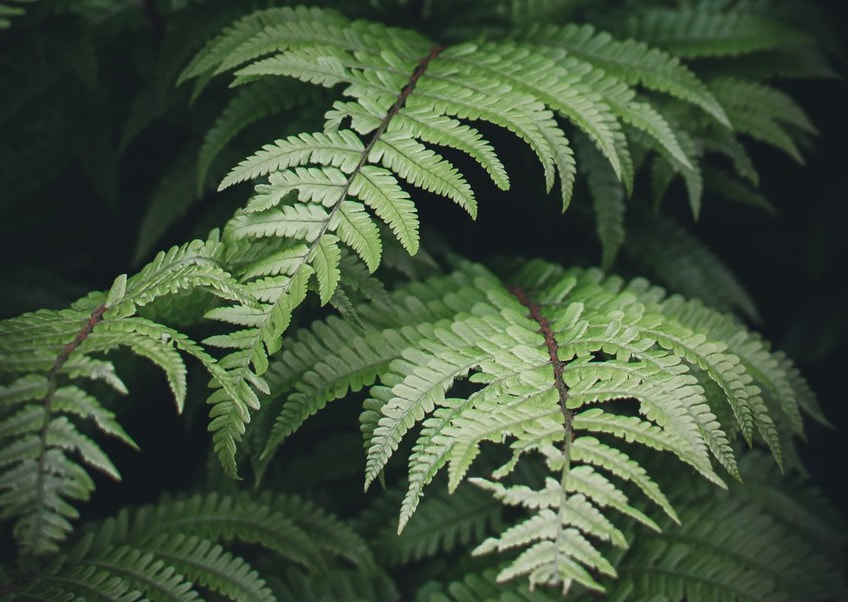
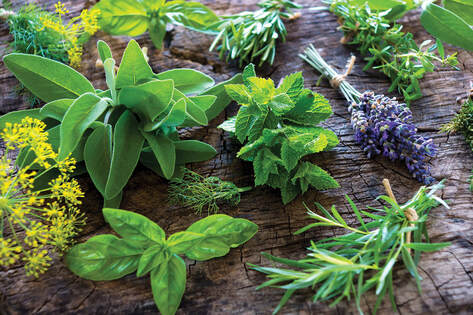
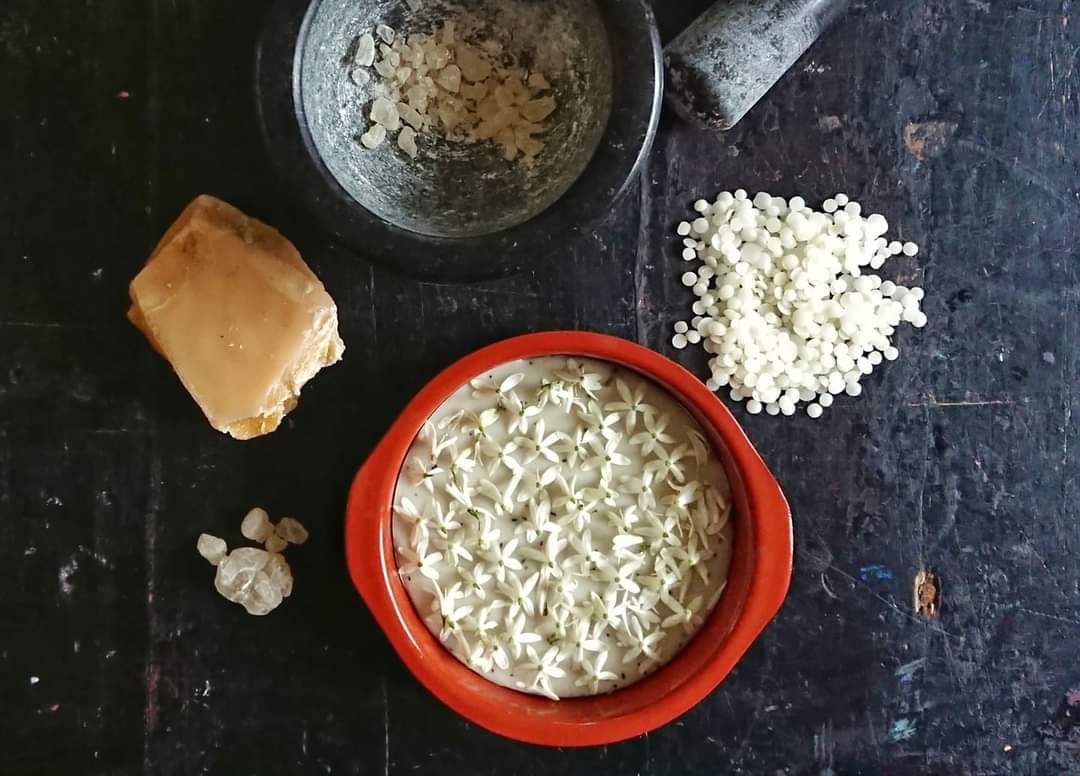
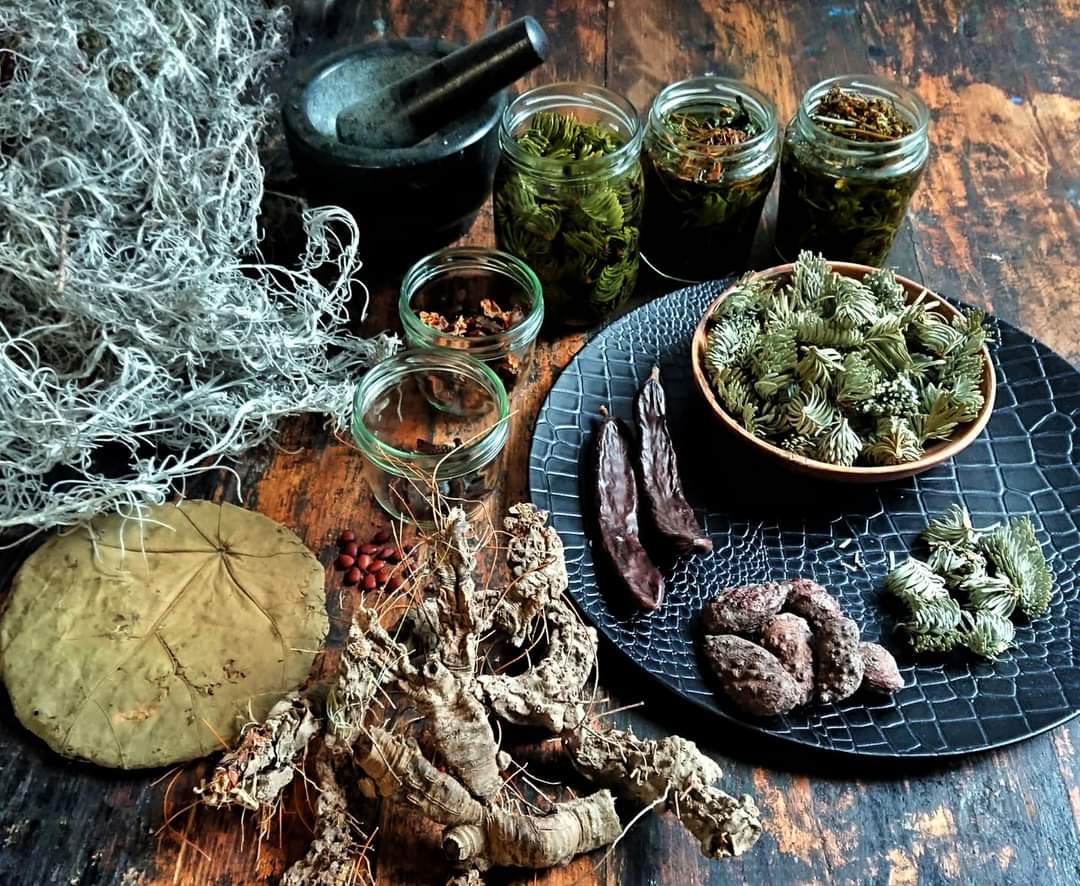
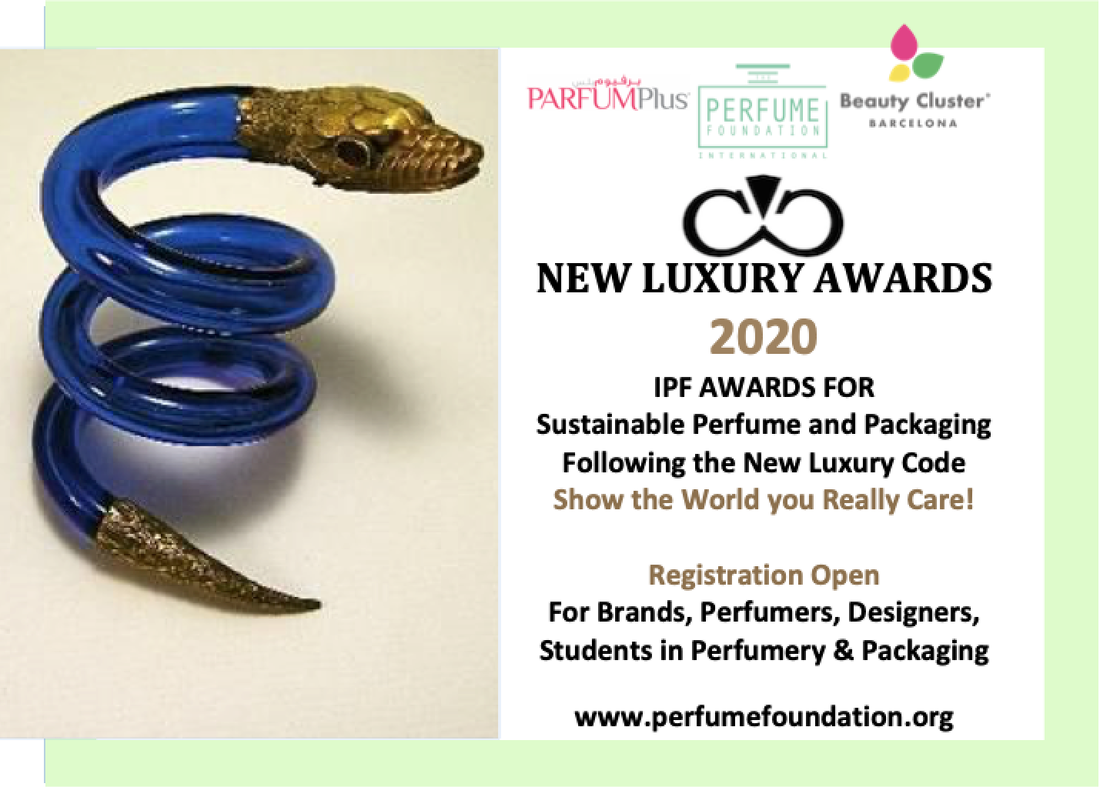
 RSS Feed
RSS Feed